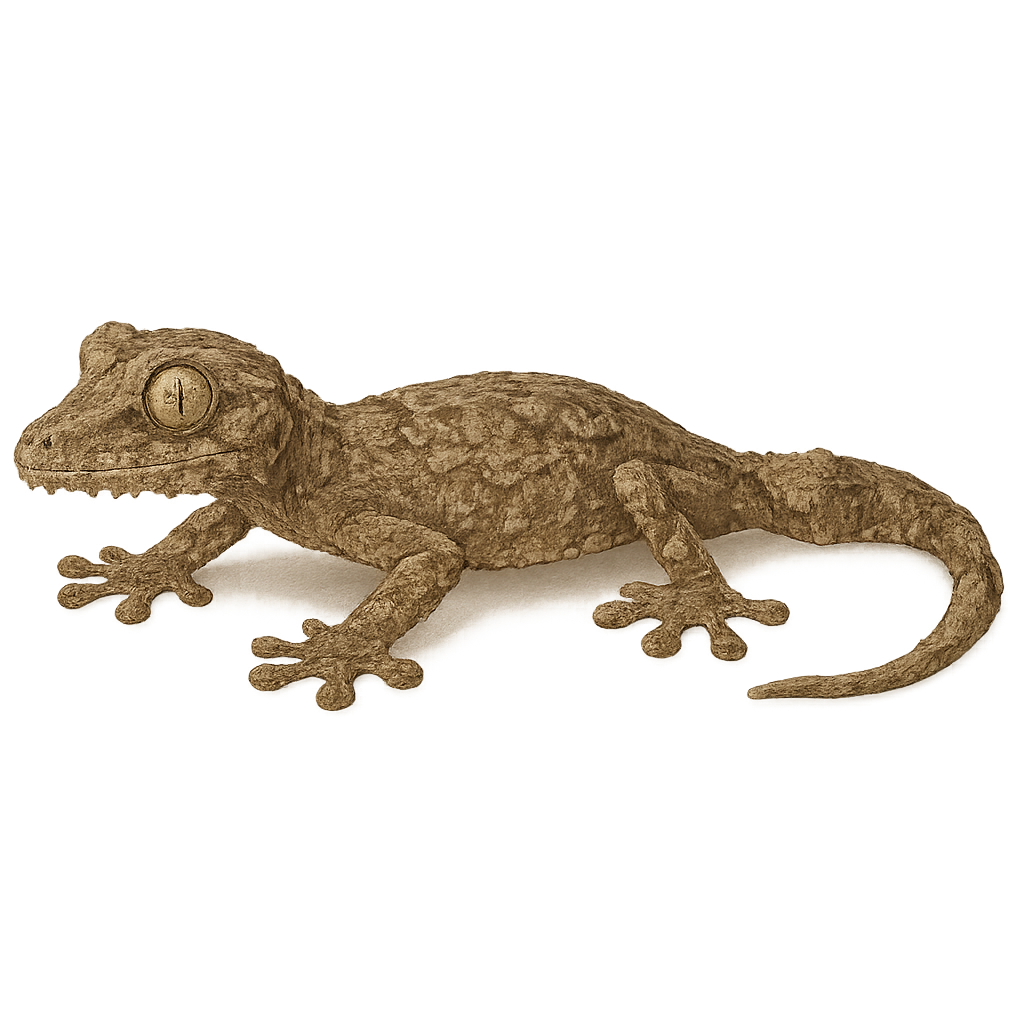Your wildlife photography guide.
Explore the sikora's leaf-tailed gecko in detail, study its behavior, prepare your shots.
Where to observe and photograph the sikora's leaf-tailed gecko in the wild
Learn where and when to spot the sikora's leaf-tailed gecko in the wild, how to identify the species based on distinctive features, and what natural environments it inhabits. The WildlifePhotographer app offers tailored photography tips that reflect the sikora's leaf-tailed gecko’s behavior, helping you capture better wildlife images. Explore the full species profile for key information including description, habitat, active periods, and approach techniques.
Sikora's Leaf-tailed Gecko
Scientific name: Uroplatus sikorae

IUCN Status: Near Threatened
Family: GEKKONIDAE
Group: Reptiles
Sensitivity to human approach: Suspicious
Minimum approach distance: 3 m
Reproduction period: April to May
Incubation: 60–70 jours
Births: April to May
Habitat:
humid tropical forests, montane forests
Activity period :
Mainly active at night, generally discreet during the day.
Identification and description:
The Sikora's Leaf-tailed Gecko, Uroplatus sikorae, is a master of disguise, blending seamlessly into its surroundings with skin that mimics tree bark. Native to Madagascar, it primarily inhabits humid tropical forests. This nocturnal reptile is known for its ability to remain motionless for extended periods, making it difficult to spot. Its leaf-shaped tail is not only a tool for camouflage but also a means of communication with its peers. Measuring between 15 and 20 cm, it primarily feeds on insects. Although its appearance is striking, it is harmless to humans.
Recommended lens:
Macro – adjust based on distance, desired framing (portrait or habitat), and approach conditions.
Photography tips:
To photograph the Sikora's Leaf-tailed Gecko, focus on nighttime when it is most active. Use a macro lens to capture the details of its skin and leaf-shaped tail. The soft light from a headlamp can help illuminate the subject without startling it. Be patient and wait for it to move to get dynamic shots. Avoid strong flashes that might disturb it.
The WildlifePhotographer App is coming soon!
Be the first to explore the best nature spots, track rutting seasons, log your observations, and observe more wildlife.
Already 1 439 wildlife lovers subscribed worldwide

